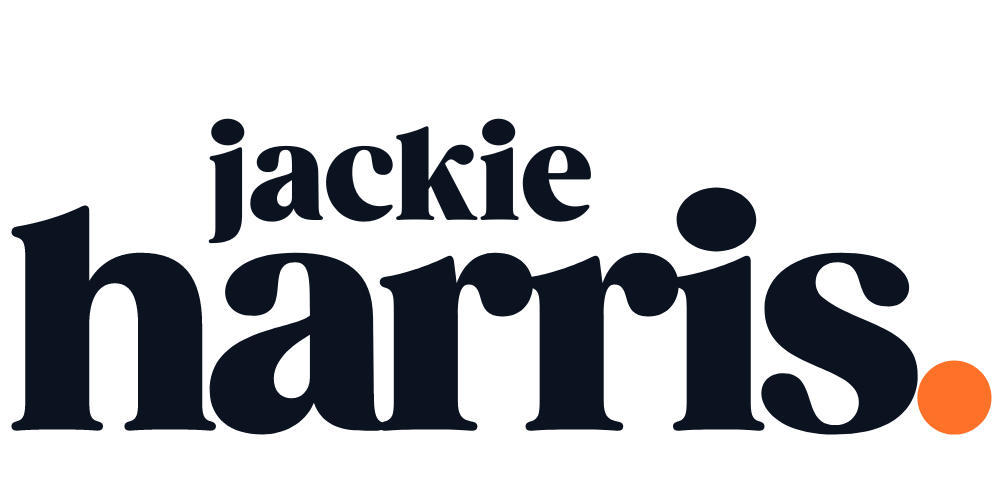Are you using the Rule of 3?
Once I tell you about this, I promise you'll see it everywhere from now on.
Three is the smallest number needed to create a pattern, which is the key to its power. The simple patterns that can be created in groups of three make it ideal for marketing people and copywriters to communicate complicated concepts or ideas in a memorable and meaningful way.
Also, some very brainy academics have worked out that three bullet points are more effective than say, two or four. So if you have lots of information to put into a document, try grouping your bullet lists in rows of three, with three bullet points in each group.
Arts and Science
So what's the skinny on this? Well, wherever you turn, you will find important science-related and arty things dominated by the Rule of Three. For example:
Newton’s three rules of motion in the world of physics.
The musical triad is the three-note building block of musical harmony.
When it comes to religion, we have the concept of the triple deity, such as the holy trinity.
You find the rule of thirds in the basic principles of composition for art and photography.
We find Aristotle’s dramatic unities of time, place and action in the dramatic arts.
The modern cinematic trilogy, e.g. The Godfather (and you also find it in science fiction novels).
Politics
Speech writers, politicians and great orators have used the rule of three to create 'idea clusters' that make things easier to remember.
Leaders such as John F Kennedy, Winston Churchill, Barack Obama, and Tony Blair (to name just a few) – litter their speeches with the Rule of Three techniques to persuade, to reassure, and to rule. For example:
“Veni, Vidi, Vici.” (“I came, I saw, I conquered”) Julius Caesar.
“Liberté, Égalité, Fraternité.“ (“Liberty. Equality. Fraternity.”) Which is the national motto of France.
“Location, location, location.” Harold Samuel.
“Education, education, education.” Tony Blair
“Life, liberty, and the pursuit of happiness.” The American Constitution.
“Government of the people, by the people, for the people”. Abraham Lincoln.
“Friends, Romans, Countrymen". Julius Ceasar.
“Blood, sweat and tears”. Winston Churchill.
How can you use this in your marketing?
1. Copywriting and slogans
The Rule of Three has been used to create many powerful advertising slogans. Take a look at these...
Just do it - Nike
Vorsprung Durch Technik - Audi
Beanz Meanz Heinz - Heinz
Your flexible friend - Mastercard
I’m lovin’ it - MacDonalds
Finger lickin’ good - KFC
Every little helps - Tesco
Snap! Crackle! Pop! - Kelloggs
Diamonds are forever - DeBeers
2. To focus your communications
One of the ways I use the rule of three (almost on a daily basis), is as a tool to get my clients to focus on their key messages. For each ad, or web page, or flyer...as yourself this. If people are only going to remember three things about this letter/email/flyer/advertisement, what do you want those three things to be? Then you work backwards from there. Try it, it's harder than you think. But wow, it packs a punch.
Here's an example from Evernote (great app by the way).
Here they have considered the question, 'If people will only remember three things about this piece of communication, what do you want those three things to be?" And this is what they came up with.
1. Capture anything
2. Access anywhere
3. Find things fast
Could it be any more simple? (in the words of Chandler Bing)
As a copywriting technique, the Rule of Three is powerful. So if you want to engage with people, if you want to persuade people, if you want your ideas to stick in their heads, think in threes.

